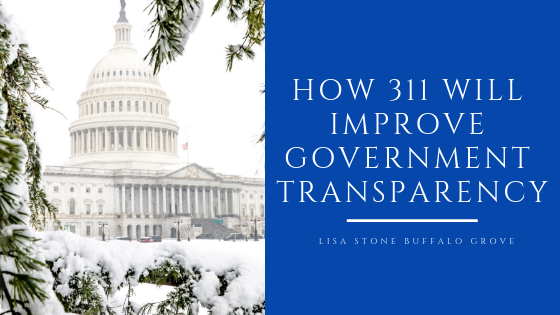One of the trickiest aspects of maintaining an effective and functioning government is improving transparency. Democracy is all about fulfilling the needs of the customers, but it can be hard to break down the walls hindering communication between constituents and those that serve them. But while 911 has long served as a means to connect citizens to emergency services, the need to offer a direct line of communications for non-emergency needs is often overlooked. 311 can serve that vital purpose in an incredibly effective manner, and new technological advances are further improving the value of 311 lines.
On the surface, 311 simply allows citizens to connect with the people who put their tax dollars to work, and that’s a valuable service in its own right. As citizens increasingly hold the government to the same standards they would to private enterprises, more efficient operations are becoming increasingly necessary. The systems powering most modern 311 systems allow customers to file requests anywhere they have a phone or internet access, while GIS coordinates allow a higher level of location accuracy for those fulfilling the requests. And the centralized nature of the data received makes it easier for agencies to share information and reduces service costs significantly.
But 311 is especially effective because of the larger data points it connects. CRM, or customer relationship management platforms, have become a standard in the private business world. 311 essentially serves as constituent relationship management platforms for municipal government, since they allow for the compilation and analysis of actionable data that can help improve the quality of services. The sheer volume of messages processed through the 311 system can be overwhelming for overstaffed agencies, but it also provides a wealth of information that can help city leaders better predict the needs of their population. More and more governments are making use of cloud platforms likes Salesforce Service Cloud that are tailored to the needs of private enterprises. A significant advantage there is that platforms like these automate the analysis of data that would otherwise be inscrutable, compiling them into weekly, monthly, or quarterly reports that can be tailored to the needs of specific departments. It also allows for a more streamlined end-user experience that creates a unified design across the app and web portal.
One complaint levied against government operations is that agencies paid by taxes simply can’t run as efficiently as private enterprises. 311 bucks that assumption, demonstrating that governments that are willing to keep pace with private trends can thrive by providing constituents with the level of care they deserve.

